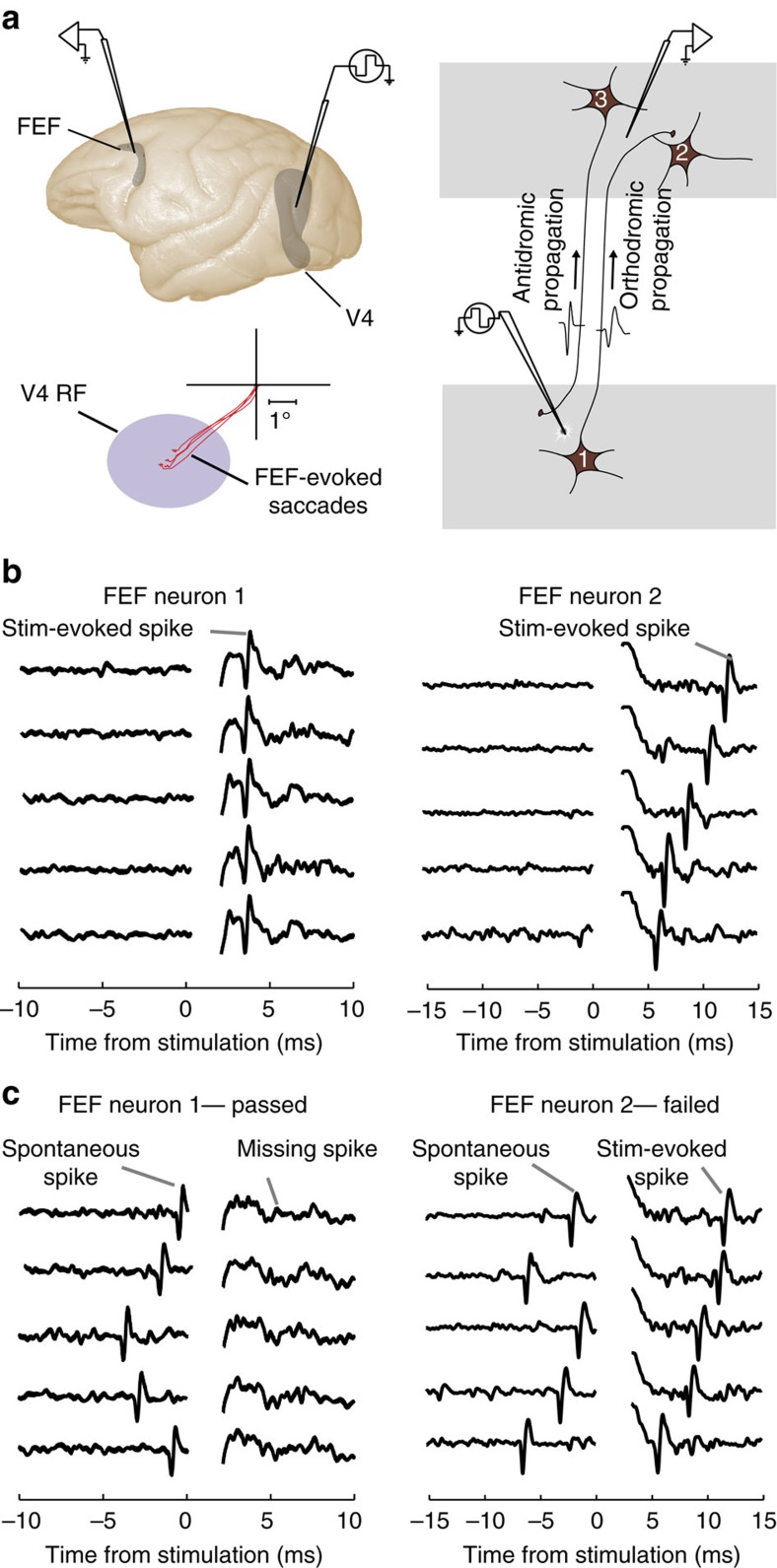Figure 1. Identification of V4-projecting FEF neurons via antidromic stimulation.
(a) Simultaneous electrical stimulation of V4 and neurophysiological recording from FEF neurons. We targeted retinotopically corresponding sites within the FEF and area V4 by positioning electrodes in either area such that V4 visual RFs were centred on end points of saccades evoked from the FEF by microstimulation. Right, V4 stimulation could evoke spikes from FEF neurons either via orthodromic or antidromic propagation. (b) Five trials recorded from two example FEF neurons that were activated by V4 stimulation. Left, evoked spikes for neuron 1 occurred at a consistent, short latency suggesting antidromic activation. The stimulation-induced artefact near time 0 is omitted for clarity. Right, evoked spikes for neuron 2 appeared at a longer, and more variable, latency, implying a potential synaptic delay due to orthodromic transmission. (c) Collision tests for the two example FEF neurons. Left, successful collision test for the first neuron was confirmed by the absence of evoked spikes following spikes occurring spontaneously before V4 stimulation. Right, failure of collision test in the second neuron; V4 stimulation-evoked spikes in this neuron even when delivered shortly after spontaneously occurring spikes.

